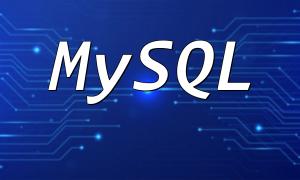Reinstalling PHP on Linux is a common task, especially in development environments and server configurations. This article provides a detailed guide on how to efficiently reinstall PHP on Linux systems while following best practices for Google search engine optimization to ensure you achieve the best search rankings.
There are several reasons why you may need to reinstall PHP, including:
Updating to the latest version to get new features and security patches.
Fixing issues caused by configuration errors or corrupted files.
Switching to different PHP extensions or modules to meet development requirements.
Before you begin reinstalling PHP, make sure to complete the following preparations:
Backup your existing PHP configuration files, such as php.ini.
Record the current PHP version and configuration, so you can restore it if necessary.
Check the currently installed PHP version by running the following command:
php -v
First, you need to use the package manager to uninstall the old PHP version. On Ubuntu, use the following command:
sudo apt-get purge php*
On CentOS, run:
sudo yum remove php*
To ensure that you install the latest version of PHP, update the software sources:
sudo apt-get update
For CentOS users, use:
sudo yum update
Now, you can install the latest version of PHP. For Ubuntu users, use the following command:
sudo apt-get install php libapache2-mod-php php-mysql
For CentOS users, run:
sudo yum install php php-mysqlnd
After installation, you need to verify that PHP is installed correctly. Use the following command in the terminal:
php -v
If the version information appears, the installation was successful.
After installation, you may need to configure PHP according to your needs. To modify settings, edit the php.ini file:
sudo nano /etc/php/7.x/apache2/php.ini
Here, you can modify settings such as `upload_max_filesize`, `post_max_size`, etc.
Reinstalling PHP on Linux is a simple process, and you can complete it by following the steps outlined above. Whether updating the version, fixing errors, or changing configurations, it will provide strong support for your development environment.
By following this tutorial, you can smoothly complete the PHP reinstallation on Linux systems and ensure stable system operation.









